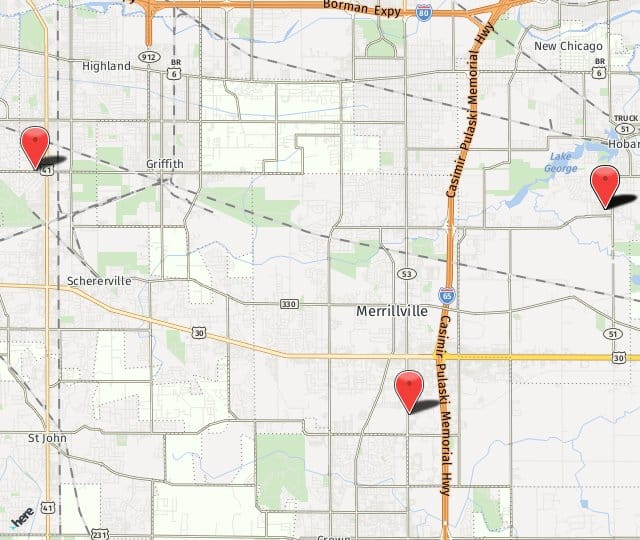Convenient Locations in Highland, Hobart, & Merrillville
In addition to vertebrae and discs, the spinal column contains many foramina, holes through which the nerves pass from the spinal canal to the rest of the body. When a foramen narrows, a condition known as foraminal stenosis, the adjacent nerve may be impinged upon, causing irritation and dysfunction. In order to alleviate this condition, a foraminotomy, a surgical procedure to clean out the foraminal passage, may be performed. During a foraminotomy, bone and soft tissues is removed to widen the foramen and decompress the affected nerve. A foraminotomy can be performed at any level of the spine, but is most commonly performed in the cervical or lumbar region.
Reasons for a Foraminotomy
Typically, a foraminotomy is performed on patients who are experiencing disabling symptoms originating in the back. As a result of aging, herniated discs, thickened ligaments or osteoarthritis, foramina may gradually become clogged and develop bone spurs that press on the nerves.
Depending on the location of the stenosis, patients may experience pain, numbness, tingling and muscle weakness in various parts of the body, including the upper, middle or lower back, shoulder, thigh, calf, arms or legs. Before a foraminotomy is considered, a diagnostic imaging test, usually an MRI, is administered to confirm that foraminal stenosis is the cause of the problem.
A foraminotomy is not normally considered unless the foraminal stenosis does not respond to conservative treatments, such as.
The Foraminotomy Procedure
A foraminotomy is performed under general anesthesia, usually with the assistance of a surgical microscope to delineate the site. Intrusive bone and disc fragments are removed. Frequently, a portion of the lamina, the bony covering of the spinal cord, is also removed, a procedure known as a laminotomy. In some cases, a spinal fusion is performed during the same operation in order to stabilize the spinal column.
Recovery from a Foraminotomy
Typically, patients leave the hospital the day after undergoing surgery, but for at least 2 weeks their activities are restricted. During early recovery, they have to refrain from driving, heavy lifting, bending, strenuous exercise and sexual activity. After about 4 weeks, they are normally permitted to resume a light work schedule. For some patients, a collar or brace may be necessary for spinal support as healing takes place. Physical therapy is usually recommended so that patients can regain strength and mobility.

